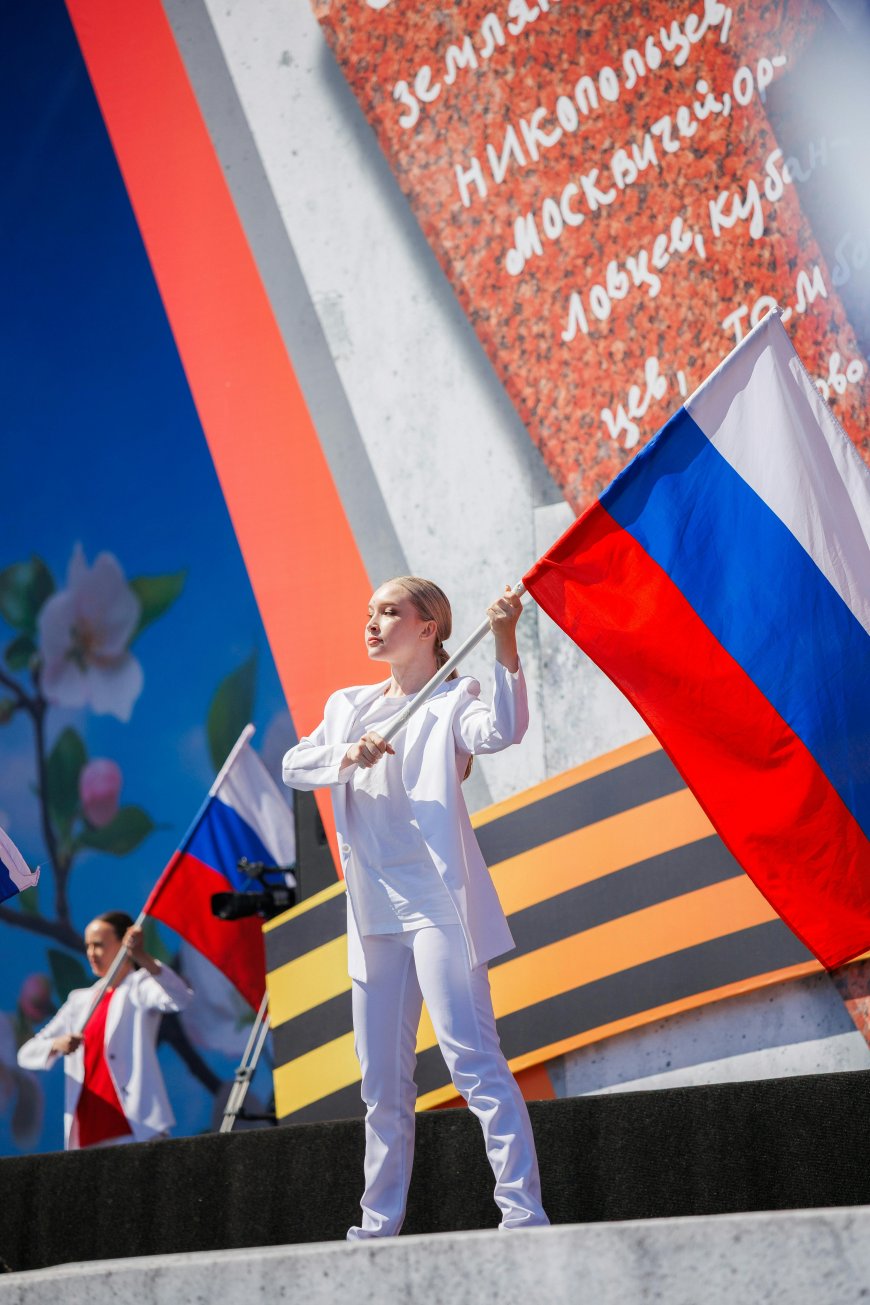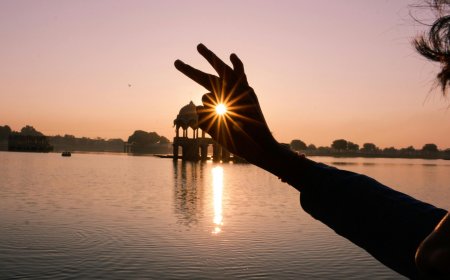India, Russia Pledge Closer Trade Ties Despite Trump Tariffs
India and Russia vow to deepen trade despite Trump’s tariff threats, reshaping global alliances and challenging U.S. pressure.

India and Russia are tightening their economic embrace just as Washington raises the stakes. On Thursday, the two countries pledged to expand trade and investment, brushing off tariff threats from Donald Trump’s administration aimed at curbing New Delhi’s imports of Russian oil.
The announcement signals a deeper strategic bet: India will not allow American tariff pressure to dictate its energy security or foreign policy. For Moscow, the partnership offers a lifeline to offset Western sanctions. For Washington, it sets the stage for a high-stakes clash over the future of global trade.
A Partnership Forged in Energy
Energy is at the heart of India and Russia’s growing alignment. Since 2022, when sweeping Western sanctions pushed Moscow out of traditional oil markets, India has emerged as a top buyer of discounted Russian crude. By some estimates, Russia now supplies nearly half of India’s imported oil — a staggering shift that has reshaped global energy flows.
For India, the appeal is simple: affordable crude fuels its fast-growing economy and cushions households against inflation. For Russia, the Indian market provides stable demand and hard currency revenue at a time when Europe has largely turned away.
Trump’s tariff threats — targeting Indian exports to the United States with duties of up to 50 percent — are meant to dissuade New Delhi from deepening that dependency. But Thursday’s statement from both governments made clear: energy trade will continue.
Why India Is Standing Firm
New Delhi’s defiance reflects more than energy arithmetic. India has long prided itself on strategic autonomy, refusing to be locked into any single camp.
Several factors explain its resolve:
- Energy Security: India imports over 80% of its crude needs. Disrupting Russian supplies could trigger price shocks at home.
- Strategic Leverage: By keeping ties open with both Washington and Moscow, India maximizes its bargaining power globally.
- Domestic Politics: Affordable energy prices are politically vital for Prime Minister Narendra Modi, whose government faces public pressure over inflation.
- Historic Ties: India and Russia share decades of defense and diplomatic cooperation, making the partnership hard to unravel.
Put simply, New Delhi believes it cannot afford to abandon Moscow — even if the cost is higher tariffs from Washington.

Russia’s Strategic Lifeline
For Russia, the stakes are even greater. Sanctions have severed its access to Western capital and technology, leaving Asia as its primary outlet. India has become a crucial buyer not just of oil, but also coal, fertilizers, and military hardware.
Moscow is eager to lock in long-term deals. Officials highlighted plans for:
- Expanding rupee-ruble trade settlement mechanisms.
- Boosting Indian investment in Russian energy infrastructure.
- Joint ventures in pharmaceuticals, IT, and defense manufacturing.
- Exploring new transport corridors linking Russia to India via Iran.
Each of these initiatives underscores Russia’s determination to pivot eastward — a pivot accelerated, not slowed, by Western isolation.
Trump’s Tariff Gamble
Donald Trump’s return to tariff diplomacy has jolted U.S.-India relations. By threatening to slap duties as high as 50 percent on Indian goods, Washington hopes to raise the cost of New Delhi’s partnership with Moscow.
But tariffs are a double-edged sword. The United States is India’s largest export market, particularly for textiles, machinery, and IT services. Yet American companies also rely on India’s booming consumer base and competitive workforce. A full-blown tariff war could hurt both sides.
For Trump, the gamble carries political calculation. A tough stance on trade resonates with his domestic base, while punishing India could send a message to other U.S. partners tempted to buy Russian energy. But critics warn that coercion risks alienating a key democratic ally in Asia — one Washington has long courted as a counterweight to China.
A Story of Two Worlds
The tensions reveal a deeper truth about today’s fractured global order. Where Washington sees a binary choice — stand with the West or align with Moscow — many countries see shades of gray.
India’s balancing act reflects the reality faced by much of the Global South: navigating competing pressures from major powers while protecting national interests. It is a story of survival as much as strategy.
One Indian diplomat, speaking privately, described the dilemma with emotion: “We cannot afford to let our people pay more for fuel just because of geopolitical games. For us, this is about livelihoods, not ideology.”
Such voices echo across a world tired of choosing sides. India’s decision to keep buying Russian oil is not a rejection of America, but a defense of its own economic security.
Trade Beyond Oil
Although energy dominates headlines, India and Russia are widening cooperation across multiple fronts.
- Defense: India remains one of the largest buyers of Russian military equipment, though diversification is underway.
- Technology: Talks are advancing on joint software development and AI research.
- Agriculture: Russia is eyeing Indian markets for wheat and fertilizer exports.
- Infrastructure: Plans for greater use of the International North-South Transport Corridor could slash shipping times between the two countries.
This diversification highlights an important reality: even if oil flows shift, the partnership will endure.
Risks and Vulnerabilities
Still, the path ahead is fraught with uncertainty. India’s financial system faces risks of secondary sanctions from the U.S. and Europe if it facilitates Russian trade. The rupee-ruble settlement system remains patchy, causing payment delays.
Moreover, India’s dependence on Russian defense equipment poses long-term challenges, especially as Moscow increasingly leans on China for military technology. New Delhi’s ability to balance these competing dynamics will shape its foreign policy for years to come.
The Global Stakes
What makes this standoff so consequential is not just the fate of India-Russia ties, but what they symbolize for the world economy. If India withstands Trump’s tariff pressure, it could embolden other nations to defy U.S. sanctions and pursue independent trade with Moscow.
That would mark a sharp break from the Western-led order — and accelerate the emergence of a more multipolar global system.
In short, the question is bigger than tariffs or oil. It is about whether Washington can still enforce economic red lines in a world increasingly unwilling to play by its rules.
Conclusion: A High-Stakes Balancing Act
India’s vow to deepen trade ties with Russia, even under the shadow of U.S. tariffs, underscores a bold assertion of sovereignty. For New Delhi, the choice is framed not as loyalty to Moscow or Washington, but as loyalty to its own people’s economic security.
Trump’s tariff gamble may yet escalate into a bruising trade battle. But if history is any guide, India will continue charting an independent path — one shaped by its unique mix of pragmatism, pride, and necessity.
In that sense, the India-Russia embrace is not just about oil. It is about a world reshaping itself, one trade deal at a time.
FAQs
1. Why is India buying so much oil from Russia?
Because Russian crude is discounted, helping India manage inflation and meet its growing energy demand.
2. How could Trump’s tariffs affect India’s economy?
Higher tariffs would hurt Indian exports to the U.S., but New Delhi may offset losses through alternative markets and stronger Russian ties.
3. Does this mean India is siding with Russia over the U.S.?
Not entirely. India is pursuing a balanced strategy — maintaining ties with both Washington and Moscow while protecting its own interests.
4. Could U.S. sanctions hit Indian companies?
Yes, especially in finance and shipping, but India is working on alternative payment systems to minimize exposure.
5. What does this mean for global trade?
If India withstands U.S. pressure, it could signal a shift toward a multipolar trading system less dominated by Washington.
What's Your Reaction?
 Like
0
Like
0
 Dislike
0
Dislike
0
 Love
0
Love
0
 Funny
0
Funny
0
 Angry
0
Angry
0
 Sad
0
Sad
0
 Wow
0
Wow
0





































































